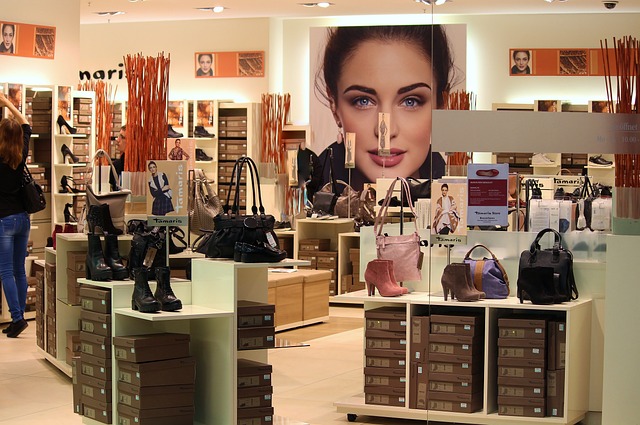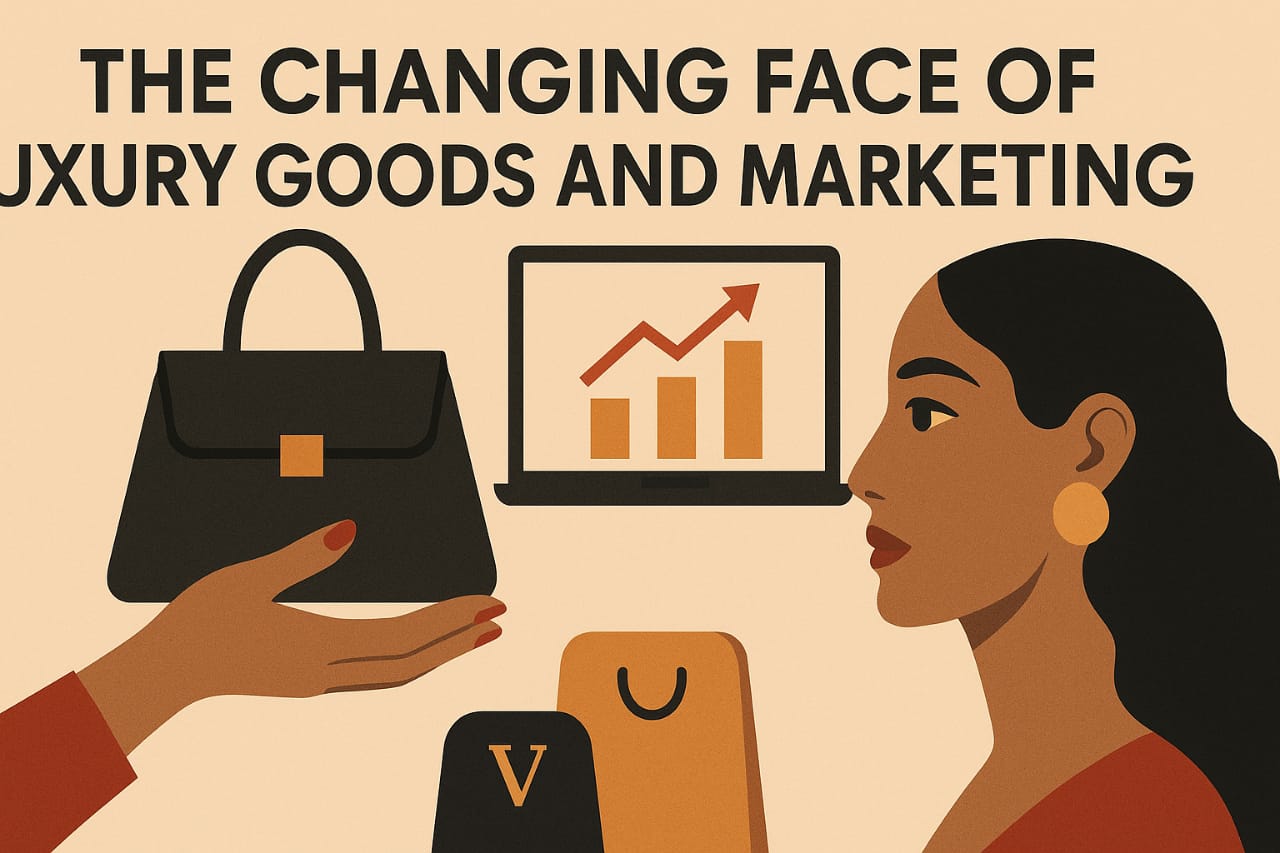TikTok has long been known for dance trends, viral hacks, and short-form chaos—but in the background, a quieter revolution is reshaping how we think about shopping. Chinese manufacturers, once operating behind the scenes, are now stepping into the spotlight on the platform, using its reach to connect directly with consumers around the world.
 What started as a few behind-the-scenes factory tours has become a full-blown movement. Videos showing how your favorite products are made—everything from sneakers to skincare—are racking up millions of views. The big shift? Manufacturers aren’t just making the products anymore; they’re marketing them too, and they’re doing it better than many traditional brands.
What started as a few behind-the-scenes factory tours has become a full-blown movement. Videos showing how your favorite products are made—everything from sneakers to skincare—are racking up millions of views. The big shift? Manufacturers aren’t just making the products anymore; they’re marketing them too, and they’re doing it better than many traditional brands.
For years, TikTok has been a target of geopolitical scrutiny due to its Chinese origins. But while politicians debated bans and data concerns, Chinese manufacturers quietly flipped the script. They began using the app not just as a social media platform, but as a storefront, PR machine, and transparency tool—all rolled into one.
In viral clips, factory workers and small business owners reveal how popular products are made, often pointing out that they’re the very ones behind big Western labels. Some go a step further, showing receipts: the real cost of producing a $100 luxury cosmetic item might be just $10.
The underlying message? Skip the middleman. Get the same product—same factory, same materials—without the brand markup.
It’s a compelling pitch, especially in a cost-conscious global economy. And TikTok users are eating it up.
Rebranding “Made in China”
For a long time, “Made in China” was unfairly associated with low quality. But the TikTok factory tours are shifting that narrative. Viewers are seeing high-end manufacturing processes and realizing that the same factories often produce both premium and budget versions of the same item.
 One user put it bluntly: “I lived in China for years and got everything straight from the source. The quality is wild. Now everyone’s catching on.”
One user put it bluntly: “I lived in China for years and got everything straight from the source. The quality is wild. Now everyone’s catching on.”
It’s not just about cheaper goods—it’s about rethinking what quality means, and where it comes from.
Much of this momentum is funneling toward Taobao, China’s massive e-commerce platform. Think Amazon meets Etsy, but directly connected to manufacturers. On TikTok, creators are posting tutorials on how to navigate the platform, score deals, and even negotiate prices.
Searches for terms like “Taobao haul” and “factory direct shopping” have spiked globally. According to Google Trends, interest in “Taobao deals” has jumped more than 300% since early 2025.
Other platforms like Alibaba and JD.com are seeing more traffic too, but Taobao seems to be the gateway for many new global shoppers. It’s no longer just a Chinese domestic marketplace—it’s gone international, thanks to TikTok.
A New Challenge for Western Brands
All this raises an uncomfortable question for traditional brands: What happens when consumers stop buying the story and start buying the source
For years, companies like Nike and Chanel have relied on brand identity to justify their prices. But when manufacturers start showing receipts—literally—the value of a logo starts to feel a little less solid.

Some brands may lean harder into exclusivity and storytelling. Others might look to partner with these same manufacturers to create more accessible lines. But one thing is clear: the old model is under pressure.
Of course, the rise of factory-direct shopping isn’t without its issues. There are real concerns about labor standards, intellectual property, and scams. Some TikTok users have reported knockoffs or disappointing quality, while others caution against unverified sellers.
Manufacturers are responding with more transparency—sharing certifications, giving virtual factory tours, and encouraging buyers to start small. Still, consumers need to stay informed and cautious.
What’s happening on TikTok right now is more than just a trend—it’s a glimpse into a new era of global commerce. One where consumers are more informed, brand loyalty is fading, and direct-to-source shopping is just a few clicks away.
Whether this shift leads to a more ethical, affordable, and transparent supply chain—or opens the door to new risks—remains to be seen. But for now, one thing’s certain: Chinese manufacturers have figured out how to use TikTok not just as a tool for marketing, but as a lever to upend the global retail game. Ultimately the two largest areas for growth within the luxury industry are within the ‘rent the look’ and ‘buy vintage/buy pre-loved luxury’ looks.

